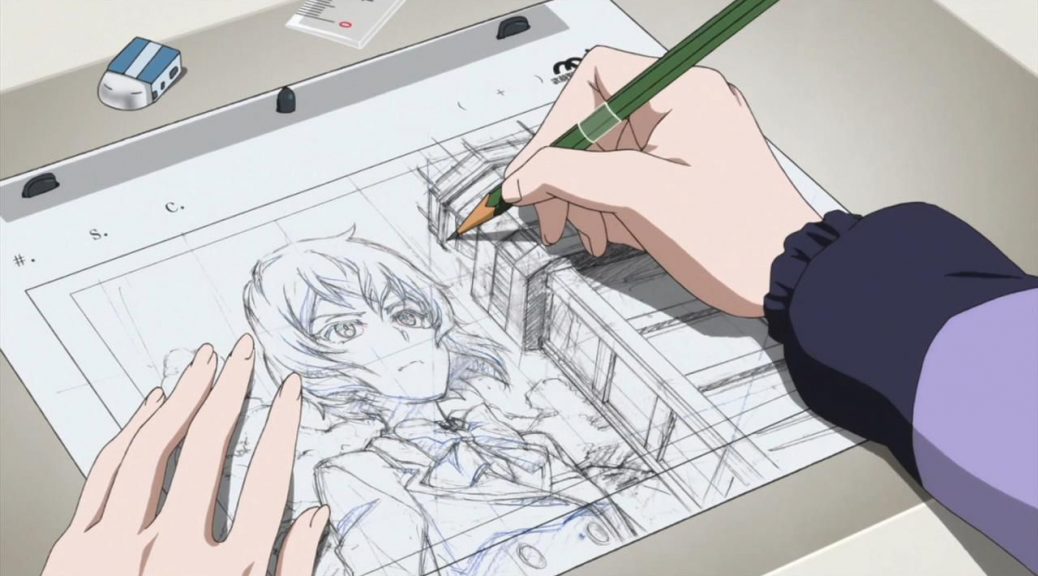Just How Anime is Made
Have you ever questioned how anime is made? For most of us, anime manufacturing is all smoke and mirrors. The distance in between the concept art and also the finished work of art is the length of a common 12-week season. Truth be informed, unless you're well-versed in Japanese, the manufacturing procedure controling Japanese computer animation is shrouded in secret. Trying to learn more will lead you down a bunny opening of terms like crucial animator, in-between animator, animation supervisor, episode supervisor, art supervisor, and character developer. Just how anime is made in Japan is extremely different from just how you would believe; many times, it is far more of a fluid (read: disorderly) procedure than you would anticipate.
The Art of Computer animation
Animation manufacturing is a messy, untidy event. Chaotic scheduling, ground timelines, missed out on due dates, and also widespread incompetence are all work-related hazards any individual operating in a small, start-up atmosphere is well-acquainted with.

Anime is additionally a labor of love and one that needs the abilities of many individuals, as well as the persistence of a pick couple of. After all, it is one that requires numerous, lots of actions. The success of also one episode is no small feat, as well as one mistake can have alarming effects for the whole production. Dig deeper and also you'll find production routines as well as color-coded lists that are right stuff of problems. So many spread sheets, numerous signatures.
I'll do my best to give an extensive introduction of the procedure, detailing the significant actions and the significant gamers. In doing so, I want to demonstrate how tough it is to make a good anime, not to mention a wonderful one, while reigniting your love for the tool. Most importantly, apologies beforehand for any type of errors or inaccuracies; I am, by no means, a specialist on anime manufacturing.
The Production Process (i.e. Production Pitfalls).
Pre-production.
This is the planning and funding phase. The anime production business (e.g. Aniplex, Bandai Visual, Kadokawa Shoten, Pony Canyon, Sony, Toho, Viz Media) supervises of fronting prices for staffing, broadcasting, and circulation. Fundamentally, they pay studios to make it, television terminals to air it, as well as the licensor to distribute it locally and internationally. Most of all, they accumulate the benefit from the sales. Occasionally, multiple production business are involved in a solitary anime. Studios (e.g. A-1 Photos, Bones, J.C. Staff, Kyoto Computer Animation, Madhouse, Manufacturing I.G, Workshop Ghibli, Trigger) are the ones that staff, pay, as well as create the real anime. If the anime is an original idea, the workshop will in some cases help front the expenses.
Setting up the Team.
The supervisor is the innovative head honcho as well as is, generally, the one that staffs the show. When it involves staffing, each studio functions in a different way. Some have full-time internal animators, colorists, editors, as well as production workdesks, while others will certainly have a full time group of core people from each department and also a large network of freelancers. After that there are the studios that outsource the job entirely to consultants.
Storyboards.
The director is generally responsible for the storyboards, also. In long-running TV-anime, in contrast to seasonal anime, storyboards usually fall to various storyboarders. In an ideal world, the storyboards would certainly be completely finished prior to an episode goes into manufacturing. This would provide the remainder of the team the chance to flesh out a cohesive, completely understood tale; however, that rarely ever happens, as well as commonly episodes are in-production as the storyboards are still being exercised. It's a problem, actually.
Layouts.
Successive is formats. Under the guidance of the supervisor, episode supervisor, and also sometimes producer, the layout supervisor will certainly complete the information for cuts (scenes, generally determined by the use a solitary history). This entails preparing the major computer animated picture or "cels" (displayed in warm colors) versus the histories (received trendy shades) with descriptions of exactly how the video camera ought to move. To put it simply, the format supervisor is framing each cut and looking at total structure.

Animation.
Once designs are done, the production assistant provides to the crucial animators. They're the ones who bring the images to life. The finished cuts then go to the episode's computer animation director, that look for consistency and also top quality. If the cuts get the consent, they go to the in-between animator. This work is commonly contracted out to less seasoned animators with more affordable prices. The in-between structures are sent to the in-between manager to ensure they follow the high quality and also frameworks of the key computer animation. If a cut is rejected at any type of stage, it is sent back for alterations.
Digitized.
Lastly, once the computer animation is done, the coloring group, supervised by the shade developer, digitizes, cleans up, and also colors the cuts. At this moment, the cuts are described as cels (or digicels). The colorist puts the tinted cels versus the background art (as defined in the formats) and includes any kind of 3DCGs under the supervision of the 3DCG manager. The last of in-production is filming, in which structure, unique effects, as well as editing and enhancing are finalized.
Post-Production.
With the end visible, the manufacturing aide sends the final cels to the recording supervisor for post-production. The recording supervisor oversees the "dubbing" process in which the post-production teams include the voice acting, audio results, and music. That wraps up the life process of one cut more info in anime manufacturing. Ultimately, at the end, the editor splices, integrates, modifies, and afterwards creates all the completed cuts. On the other hand, the supervisor as well as episode supervisor are signing in at each phase to see to it the finished product lives up to their vision. The core guiding team then examines the finished episode as well as offers responses or their last authorization.